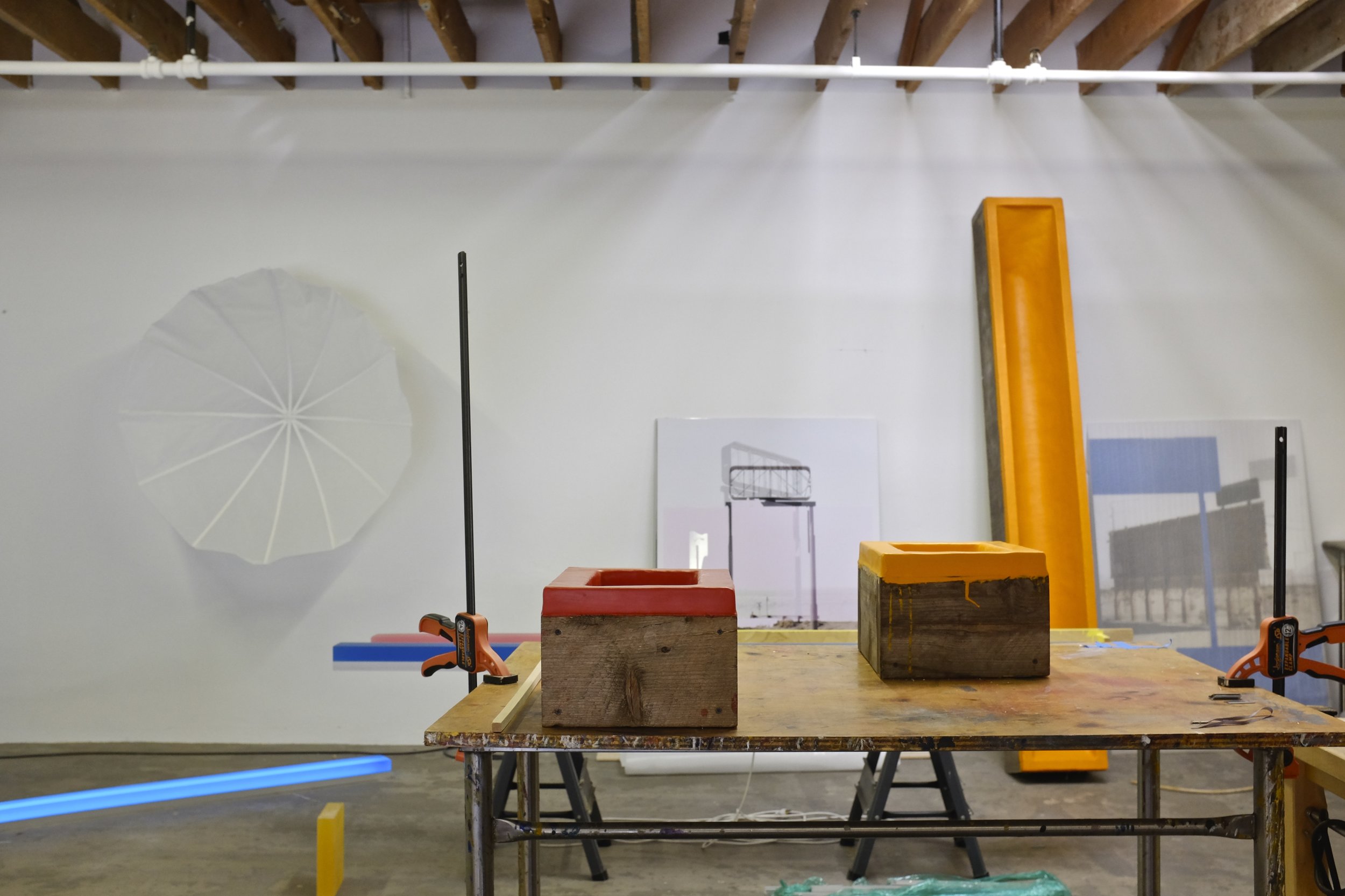
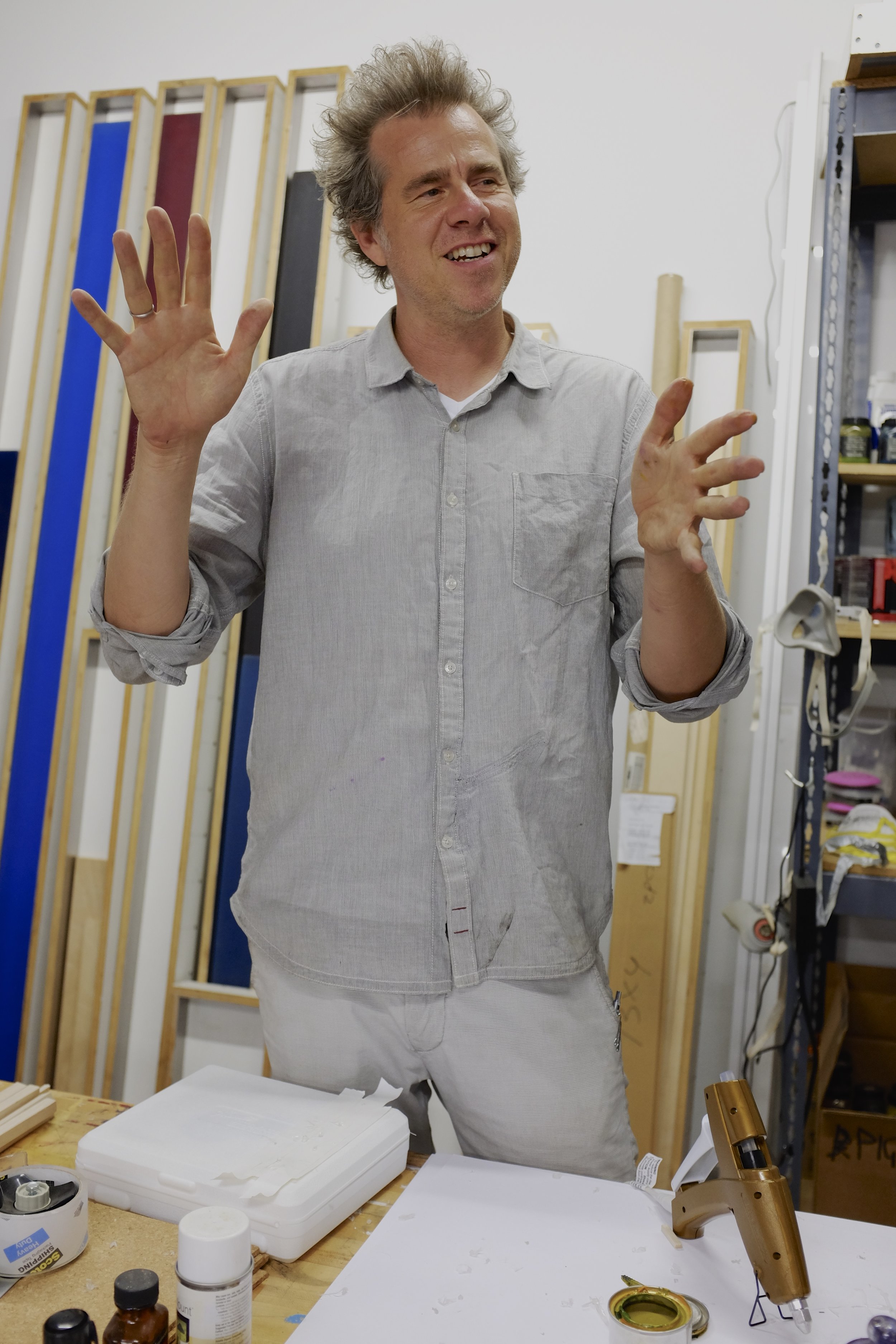
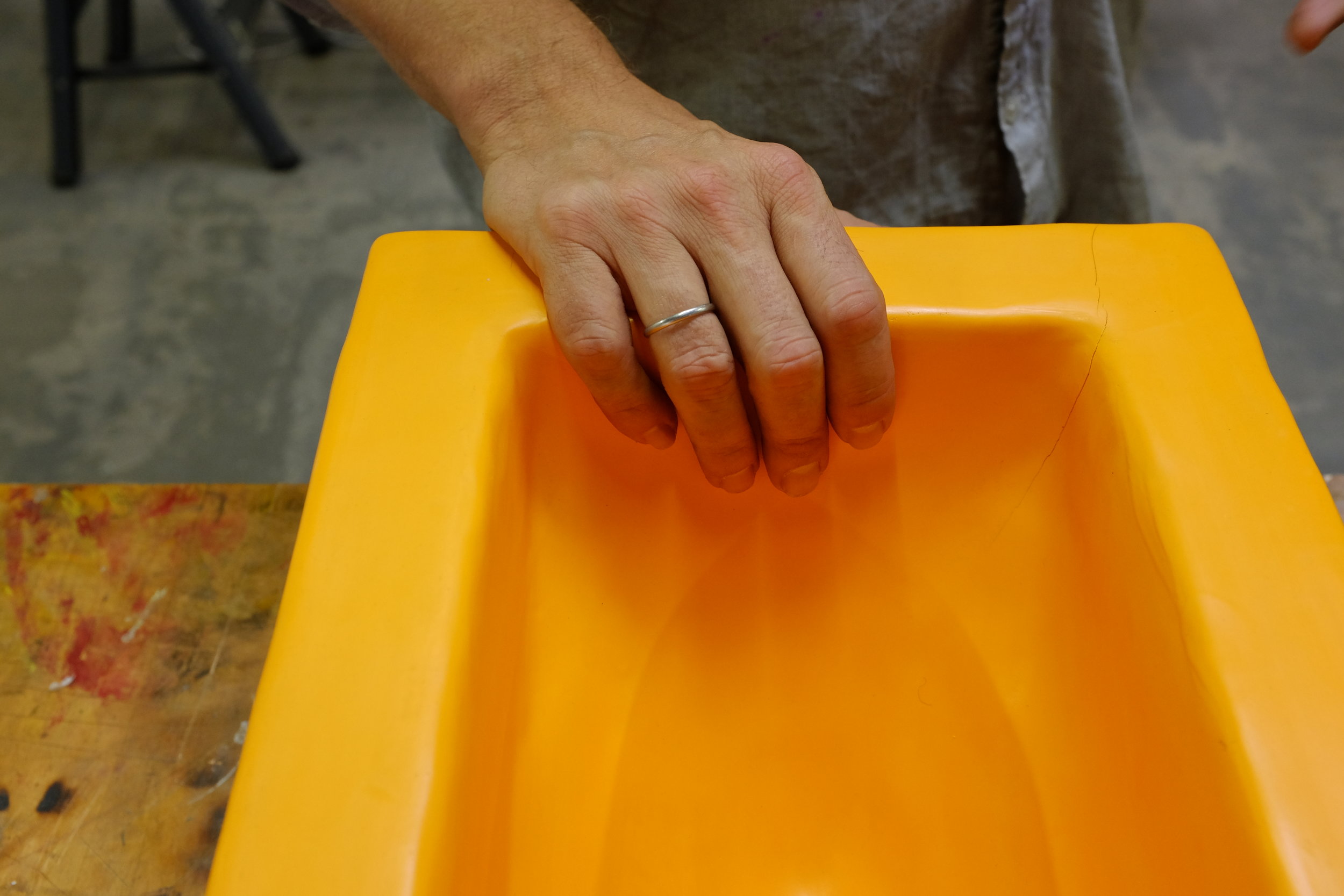
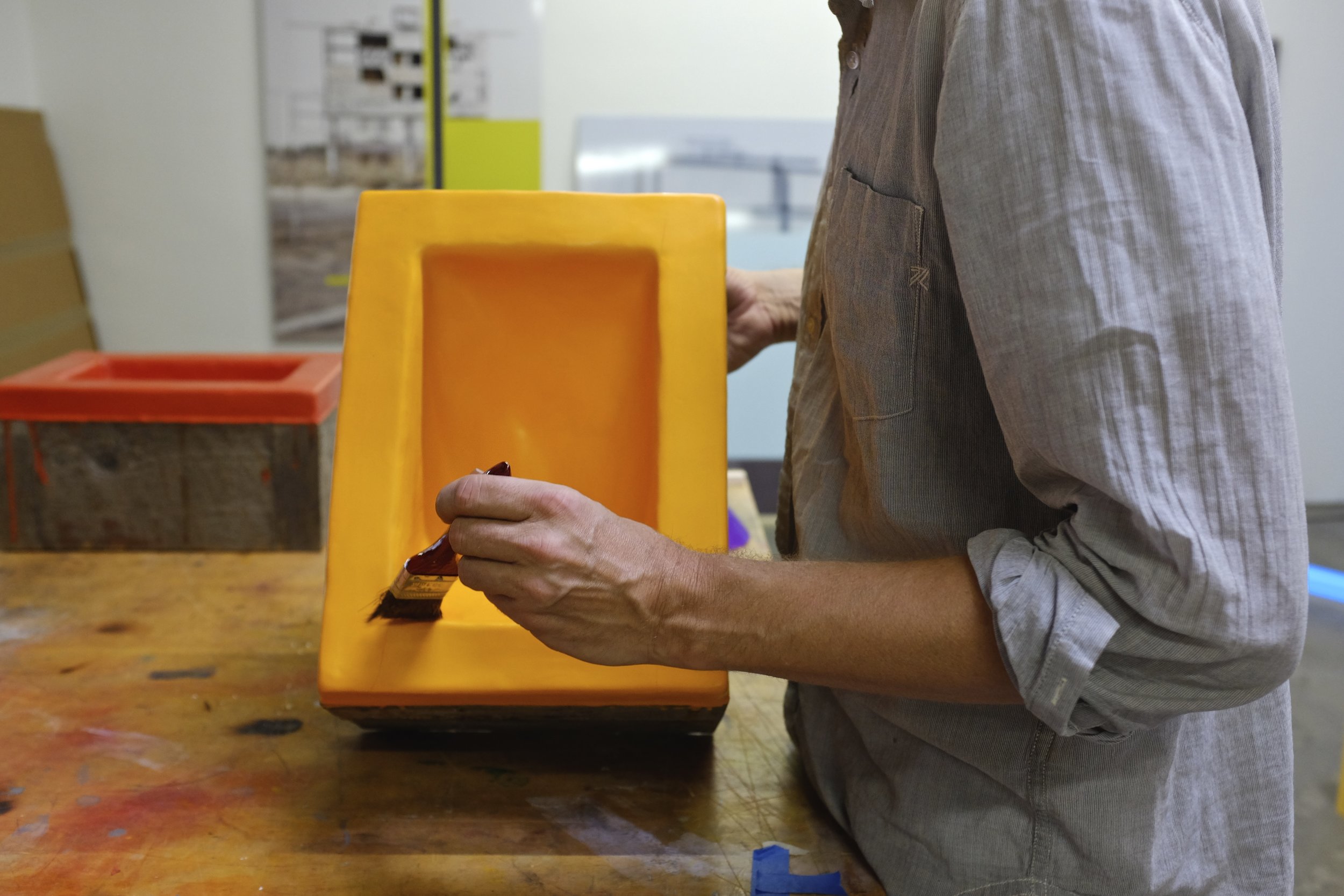
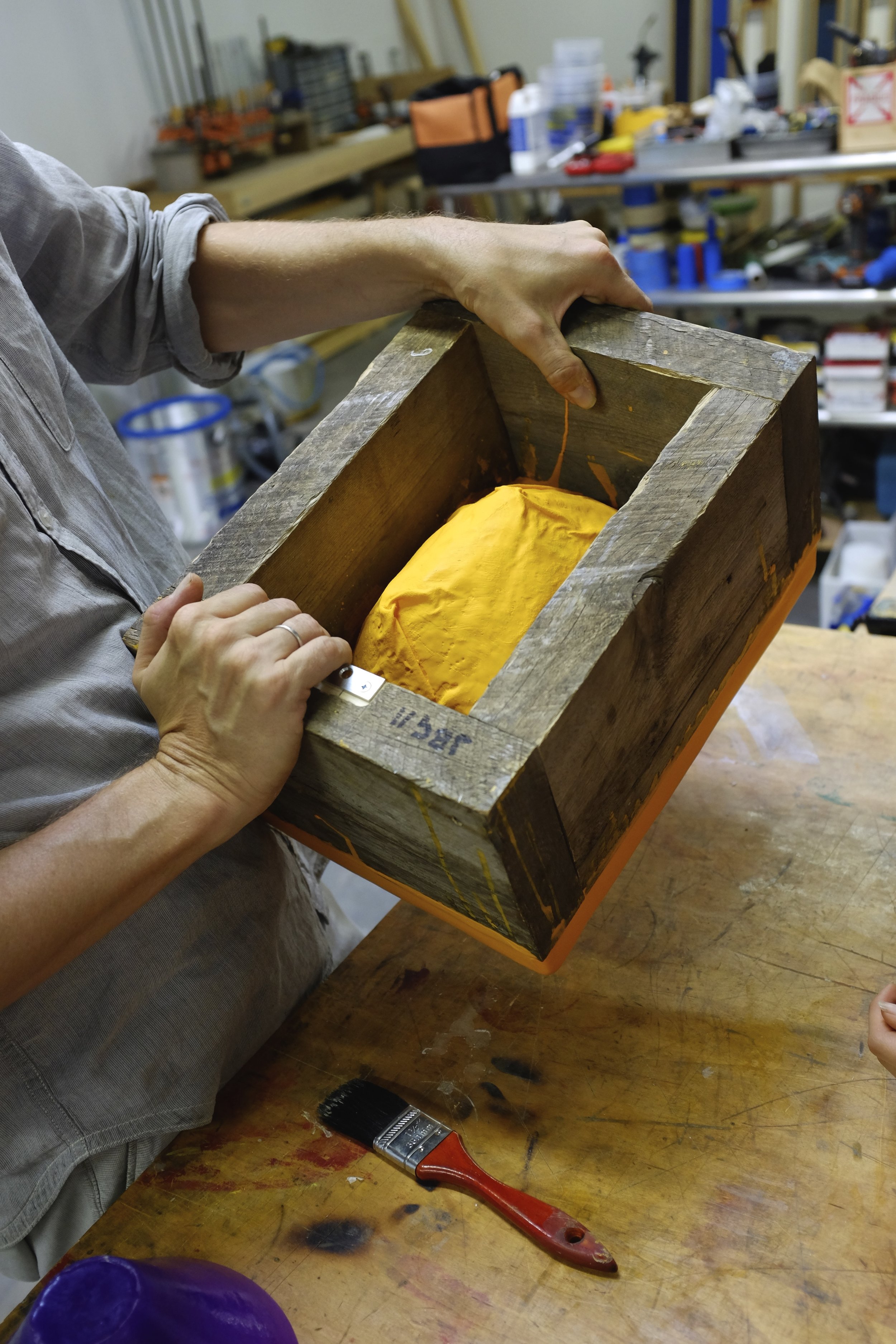

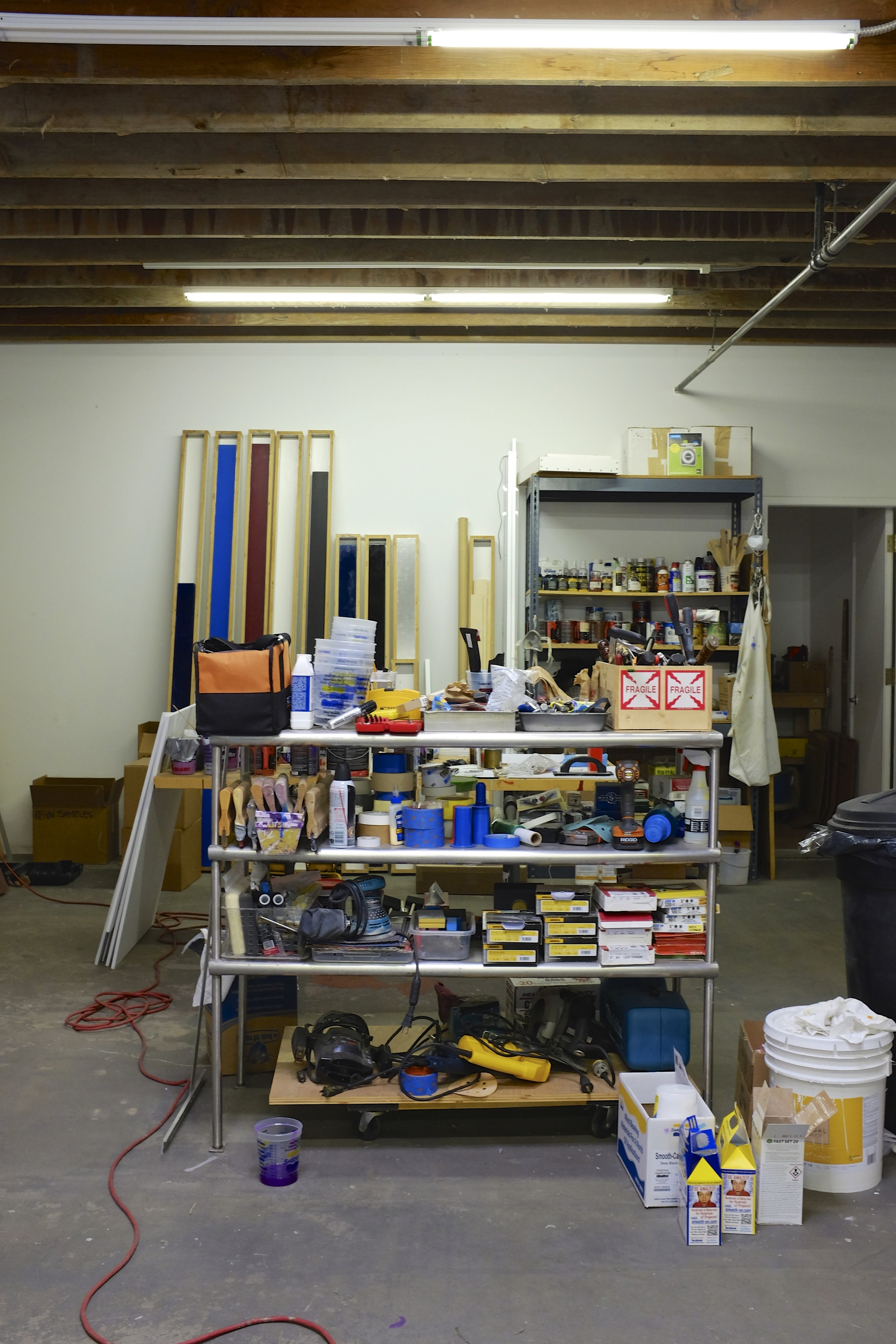

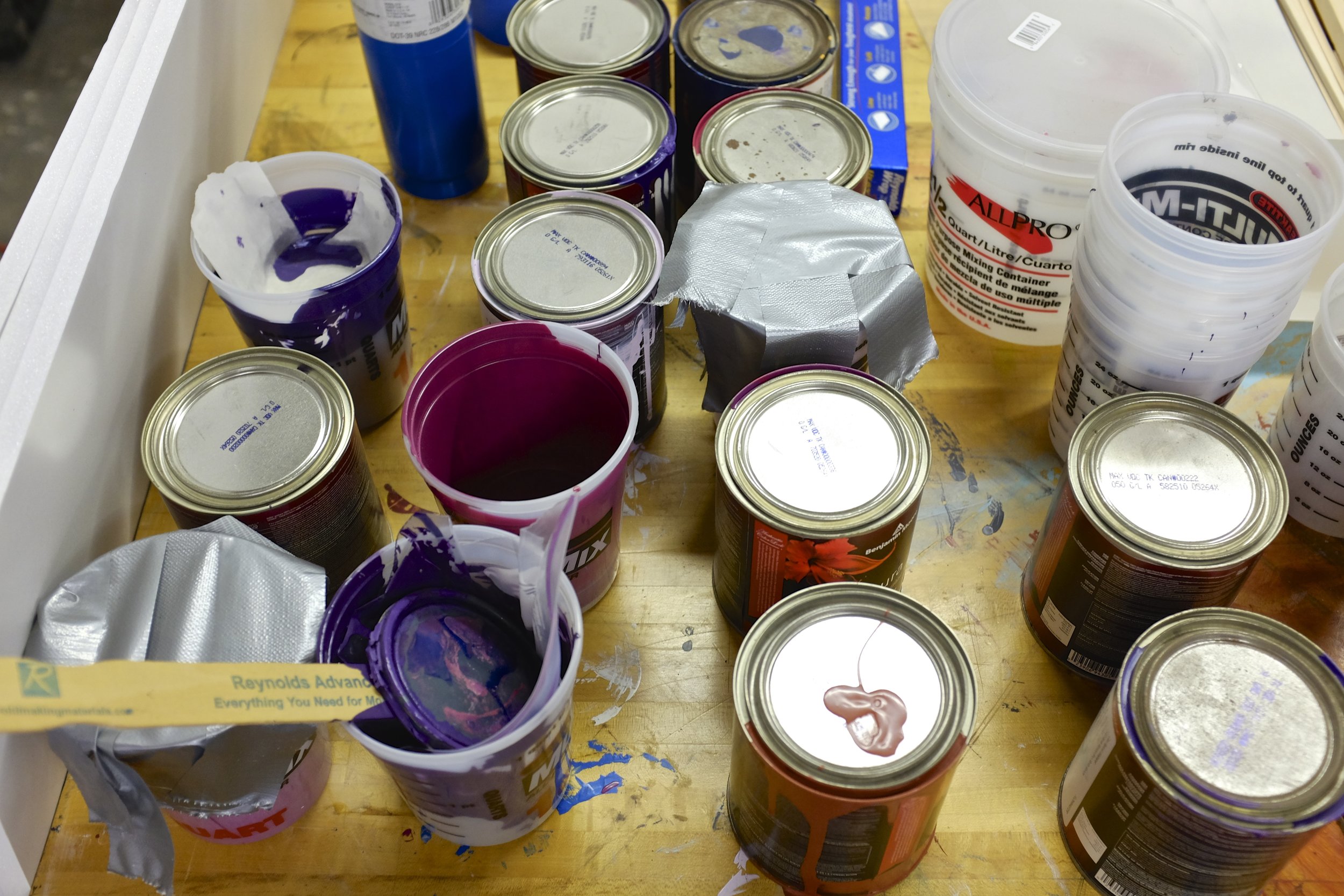
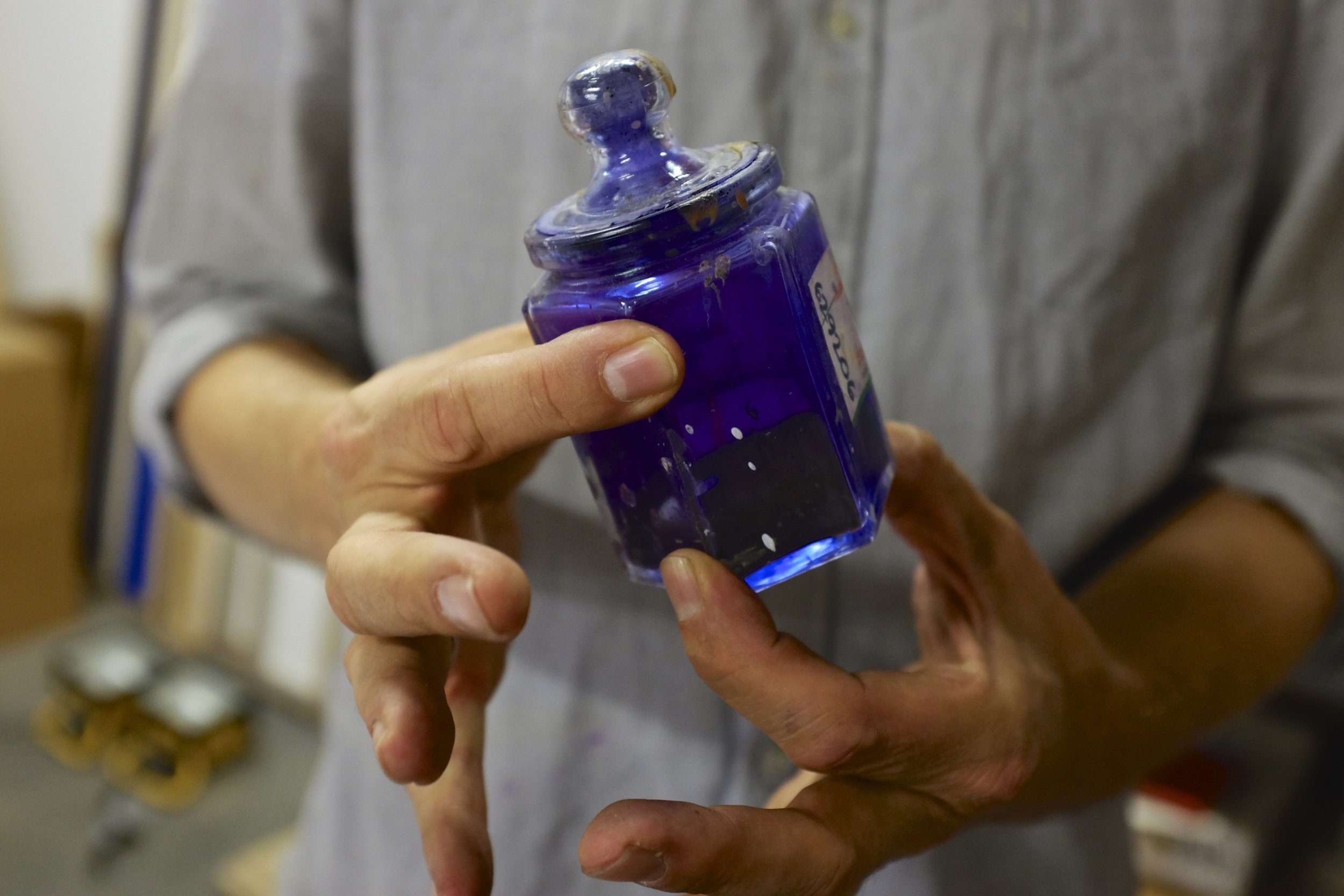
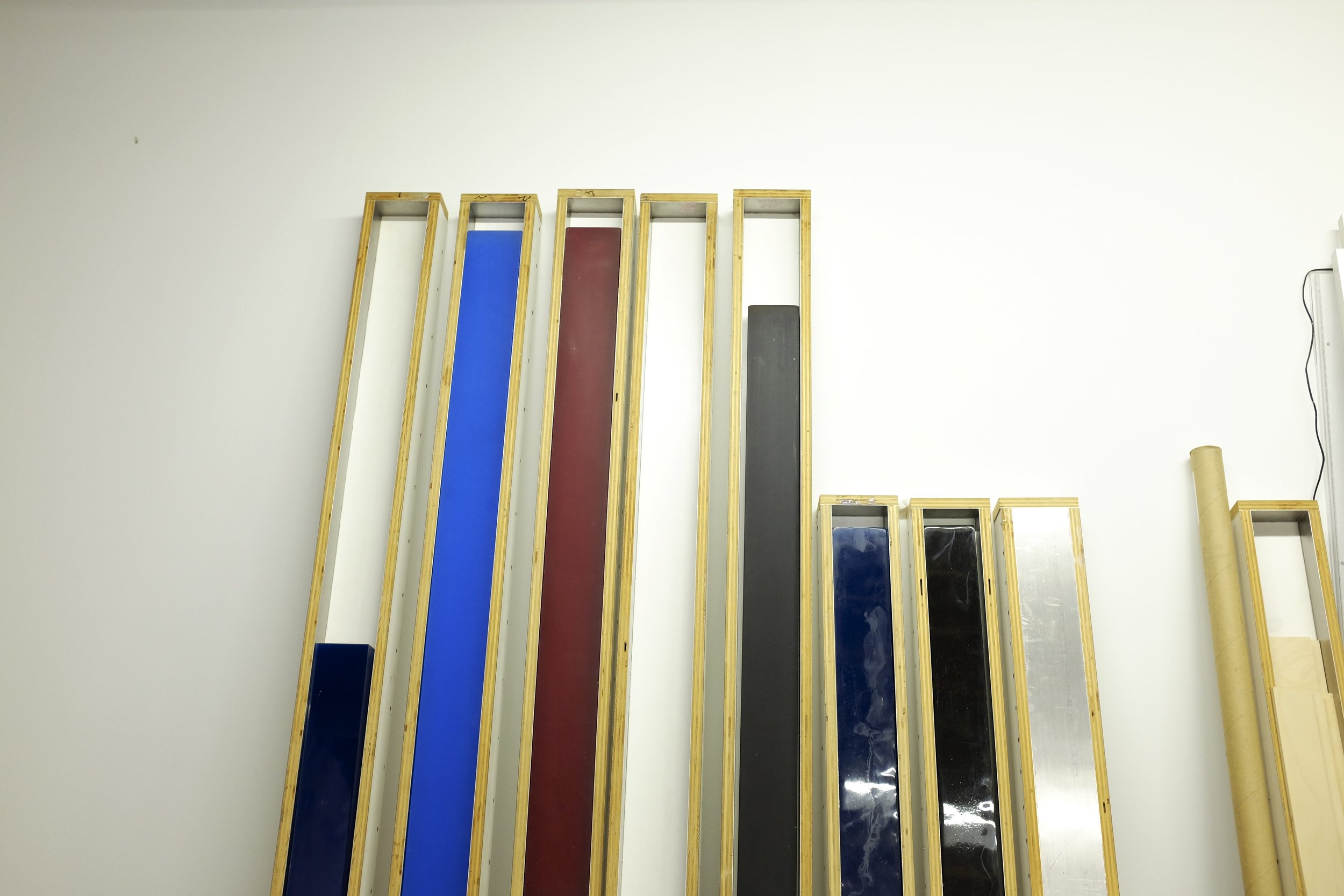
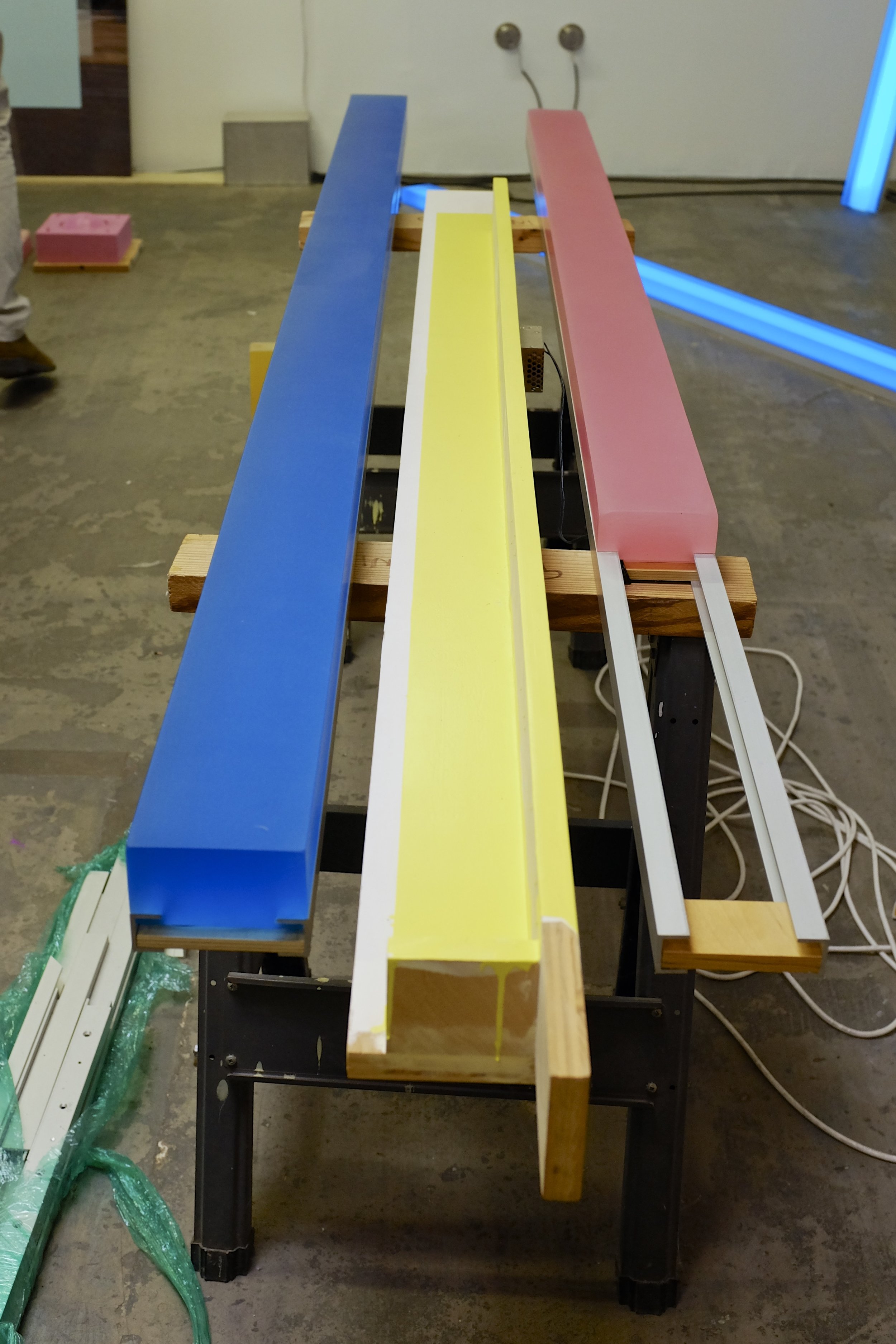
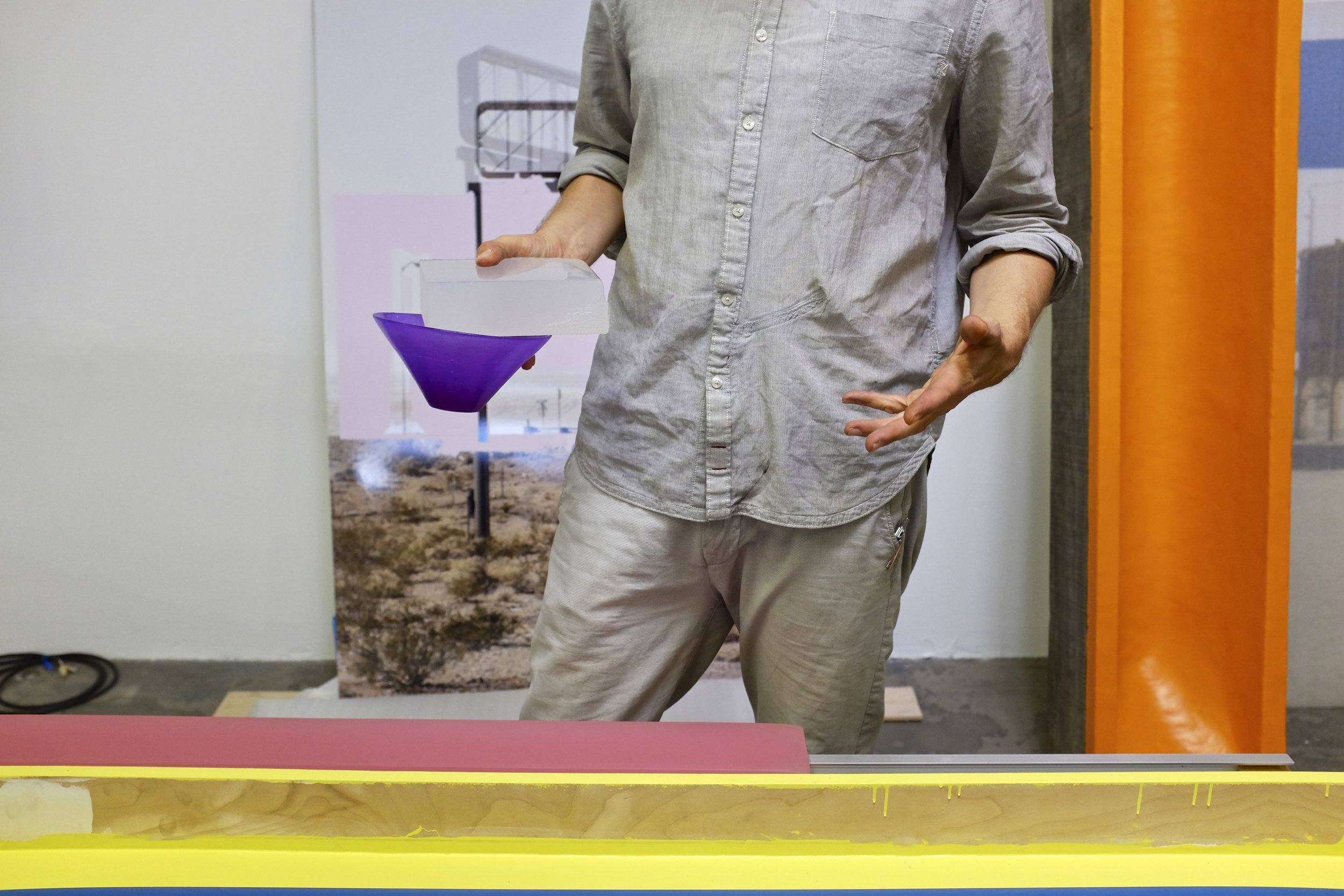
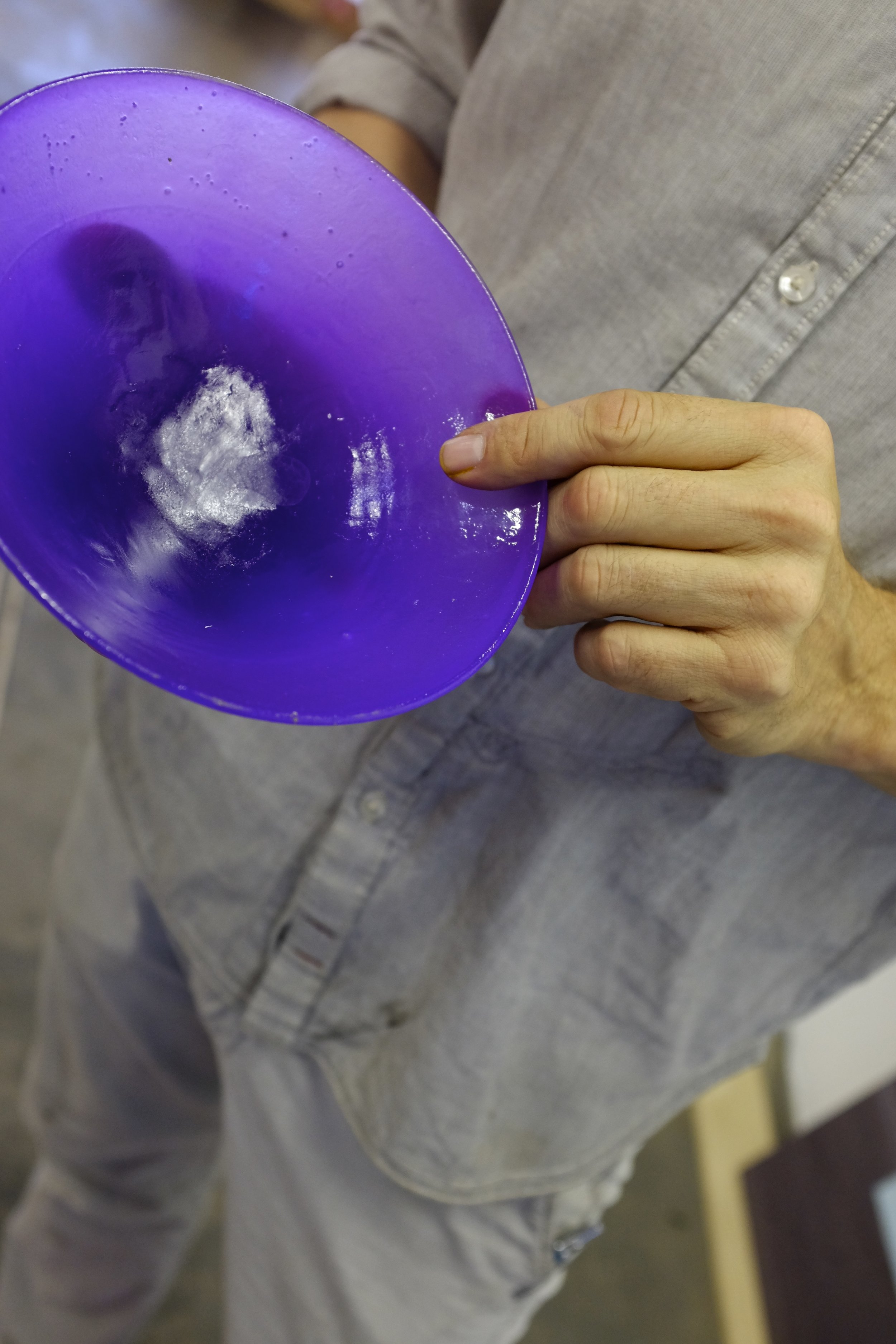
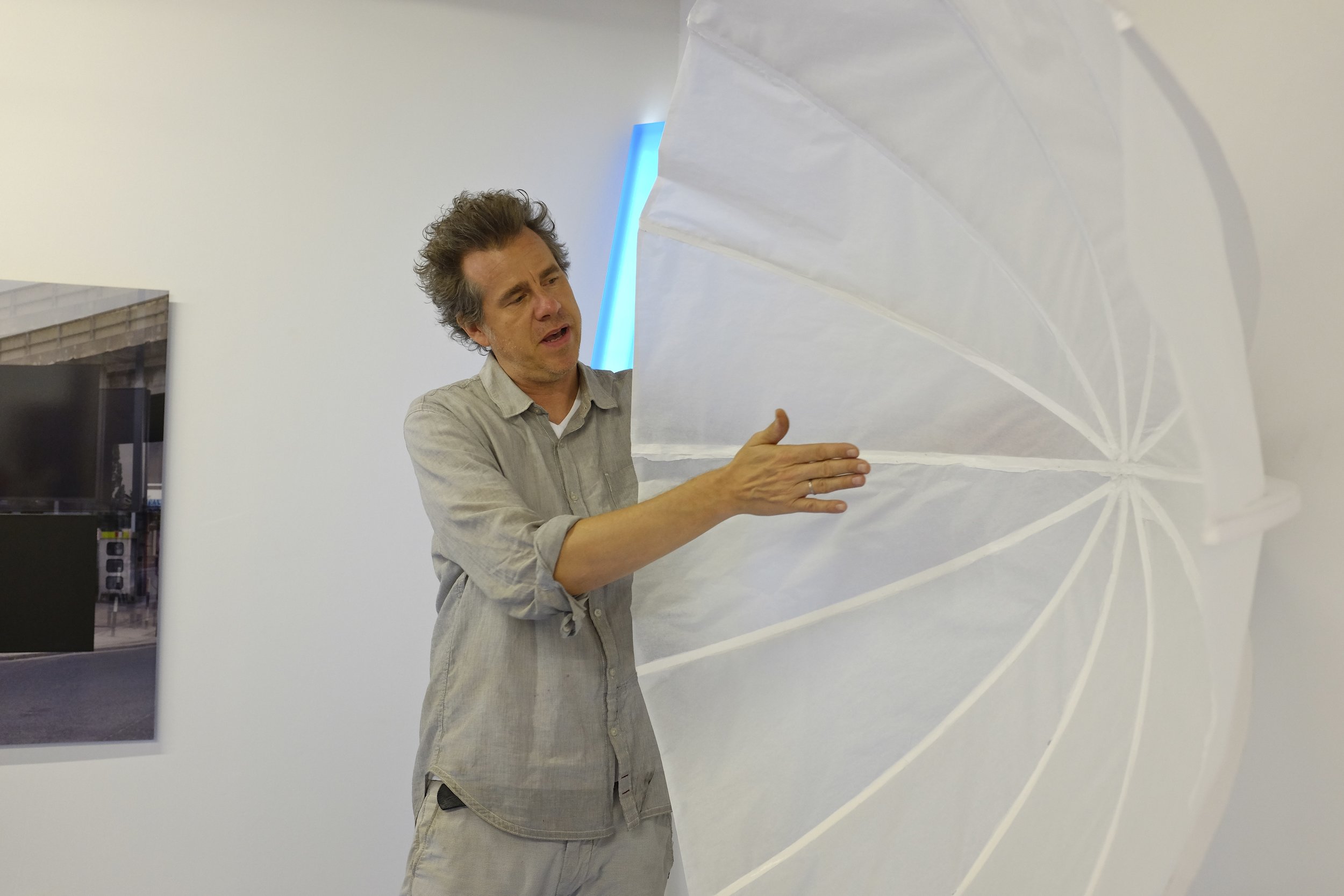
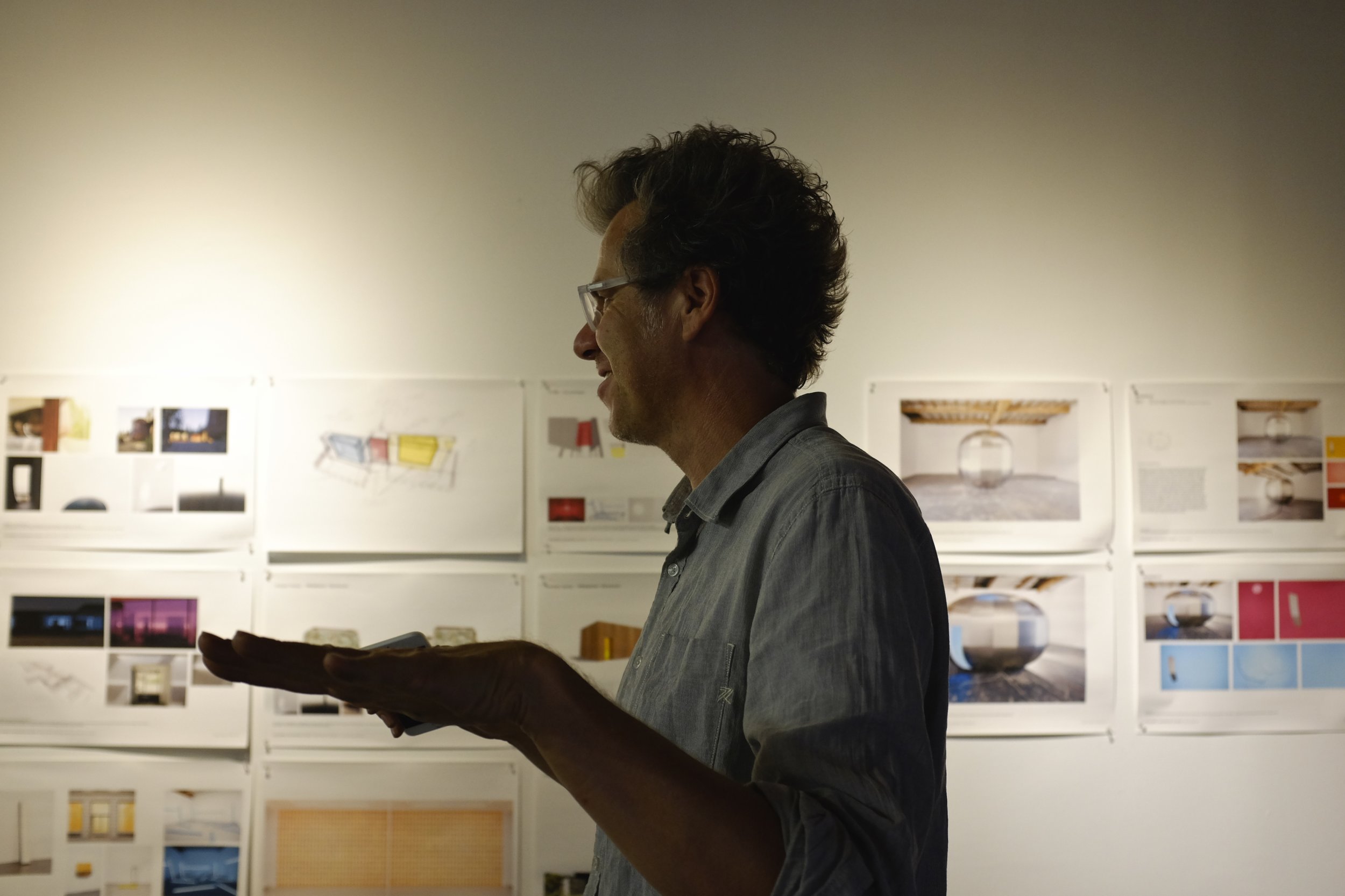
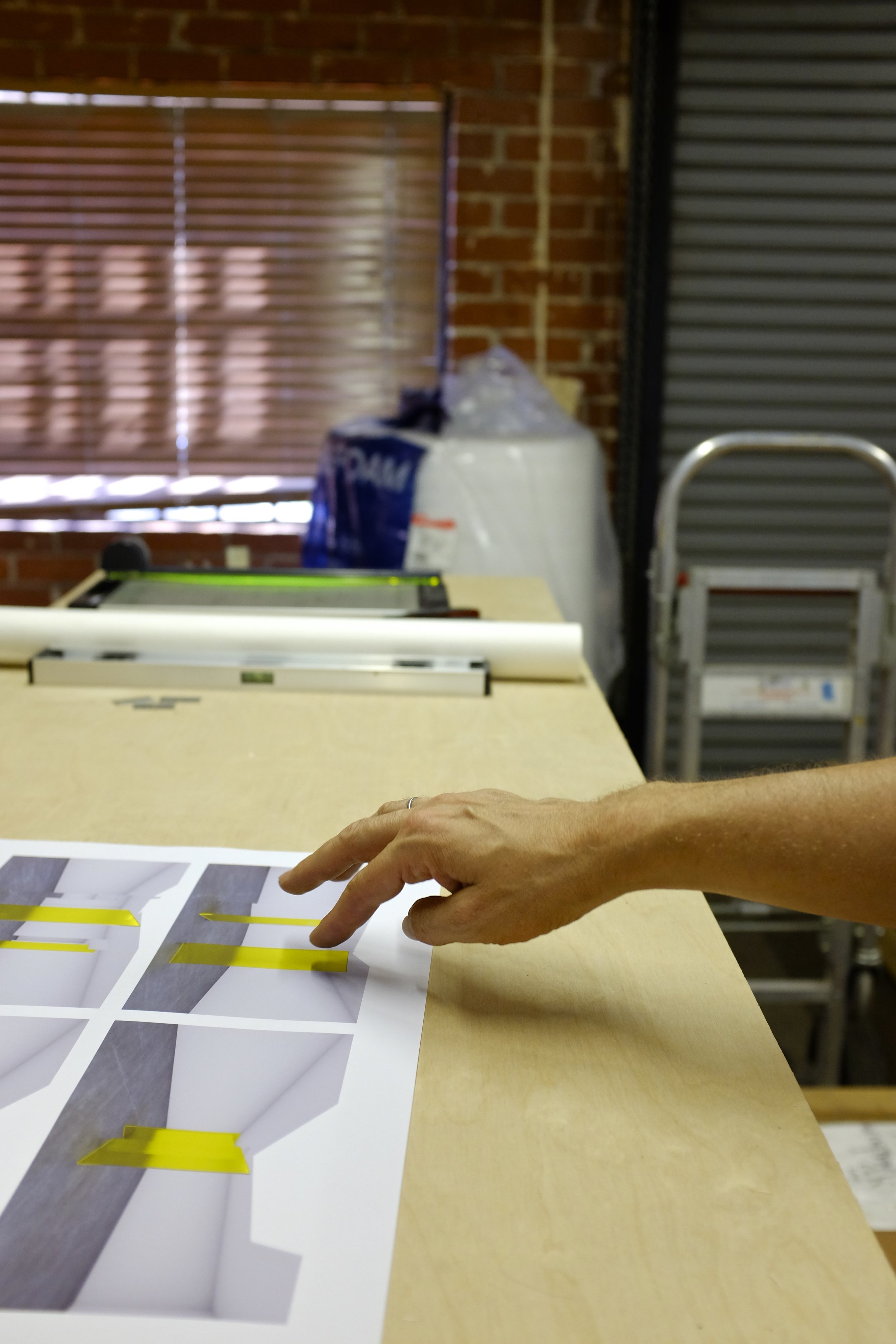
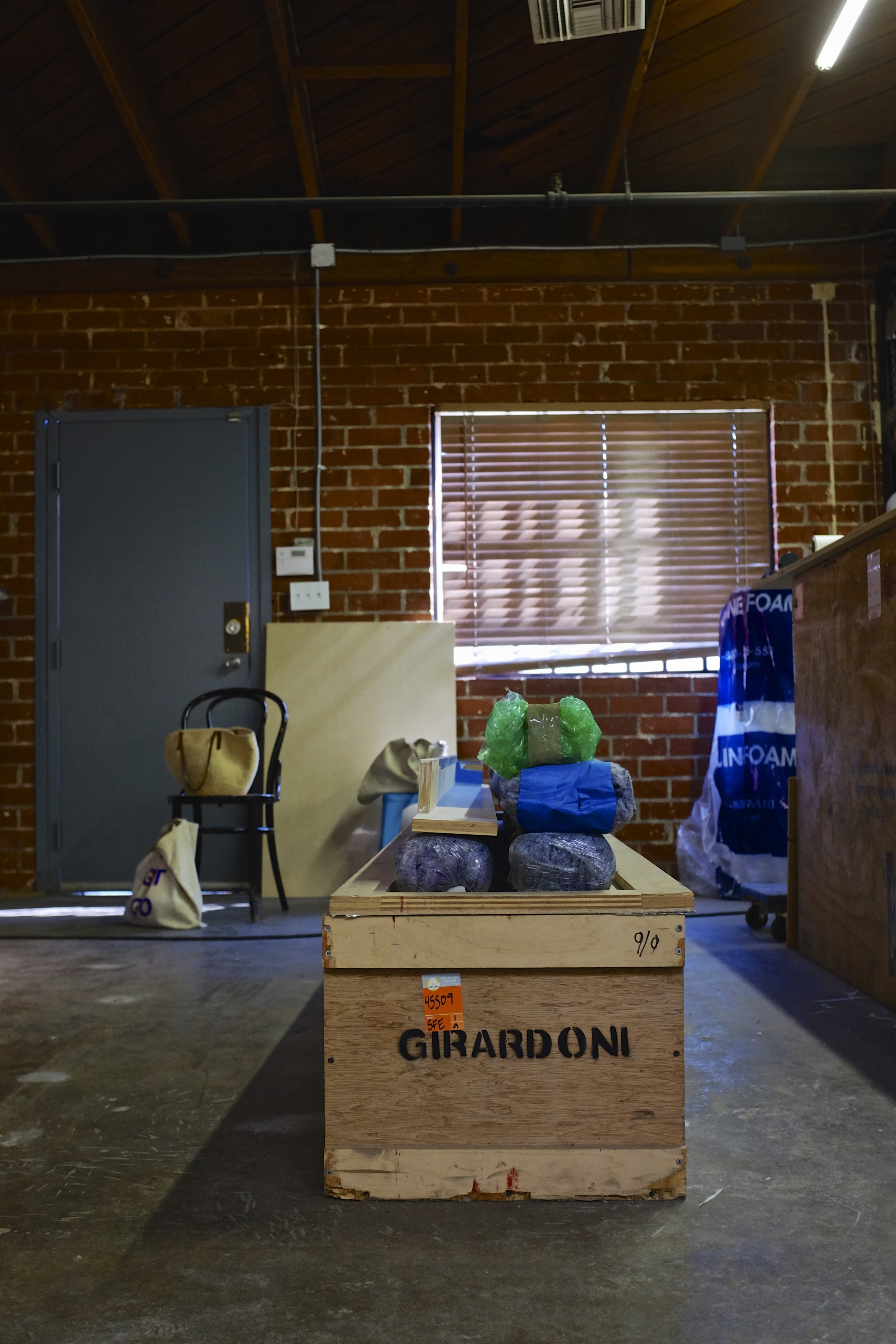
Johannes Girardoni
Who are you?
I’m Johannes Girardoni, an artist that focuses on installation and site-specific work. I also do photo based work and much of my current work involves the perception of technology.
What do you make?
At the most basic level, I am an organizer of light and material. What I try to create are situations where light and material have the opportunity to intersect. Light and matter are my basic materials because, fundamentally, they allow us to orient ourselves in our environments. Light is how we sense through our eyes and material dictates how we navigate and organize space.
Do you consider yourself an architect in addition to being an artist?
In another life I could be an architect - many of my closest friends are architects and I seem to relate to that way of thinking really well. I like to get myself involved in projects that play with the question of where the space of art ends and the space of architecture begins; where that border is and blurring that area.
I think a lot of my work is very architectural because it deals with space. One digital project called The Infinite Room is a large-scale, site specific sculpture at this house in Washington State. The sculpture responds to the architecture but also the space that it is in; it pushes the opposites. It is built from granite boulders found on the site, so it is this very raw architecture that comes out of the earth. I wanted to create a response in opposition to that by creating a space that is solely about light and is very immaterial. That piece is probably my most architectural work, and the house it's in is probably that architect’s most sculptural work. Bringing those two together was a really fascinating process. It was an incredible opportunity to collaborate and go beyond where I could go just on my own. I think that those are the exciting areas where you can activate a lot of new ideas and sensations and really raise new questions.
Describe your workspace.
This particular studio I have been in for a little bit over a year, and I also have a studio in Austria in the countryside. What I look for in a studio is a space that has some sort of physical resonance - it is usually a raw, industrial space. Typically the space that I feel comfortable in is around the size of 1,800 or 2,000 square feet. Studios, at least in my practice, have to be very flexible spaces in which almost anything can happen and anything can be made. There is little table in the center of the studio, which is actually from a butcher shop on the Bowery. A lot of the sculptures that I make somehow start there or wind up there at one point, but then some things have to happen on the floor, so the spaces that I work in are built on the notion of flexibility and experimentation. Once ideas are worked out, the space has to support them. That’s done through the equipment that I have, whether it’s saws or sanders or even computers to generate ideas. A lot of different stuff goes on here. It goes from being very clean to being extremely messy - it kind of breathes that way. It gets completely out of control and then I have to reel it back in before the next work can be done.
Do you have any rituals surrounding your practice?
I do, definitely. There is a lot of preparatory work - a cleansing and emptying out of the mind, which I do by clearing out and cleaning up this space so that it is kind of neutral. That is a very important way of approaching either the physical making of a work or just generating and exploring new ideas. Often times the new ideas will come through the act of working on and making something - that is sort of a larger ritual, if you will. In terms of rituals for the studio in Austria, once a year I would go there and that was sort of this empty space that allowed new ideas to happen. A lot of the new stuff - the photo stuff, the installation stuff, the light to sound stuff - germinated in that studio over there.
What’s the most challenging part of your process? Where do you find the most ease?
The most challenging part is always starting new. The way I work is in these very intense spurts, and then I have to take some time off. Getting back into that is the most challenging part - it is really just this mental hurdle. Once I start, the process comes really easily. Those two things are the toughest and easiest parts, conceptually speaking.
The other challenge is just keeping an art practice running - doing it, organizing shows and having the work ready. The money part of it is like a rollercoaster ride. In my senior year in college this teacher said, “What is going to sustain you?” I didn’t get that question at that point in time, but it is really at the core of the art process. You have life and family and children and you then have to try to create good work all along. Some of it is shitty and some of it is good and some of it is great, but what is it that sustains you? You have to find supporters that sustain you, energy inside to sustain you and a space where you can make the things that sustain you. Finding that balance between creating authentic work and creating enough momentum - and containing that momentum - is one of the most difficult things.
In what ways has your practice evolved over time?
When I was a young artist, my work was material and process driven. I allowed myself to let that be my guide. I would be making things and not really understanding why I was making them. I was not post rationalizing the work - just through the process of making I started to have an understanding of my reason is for making it. I was always interested in the physical and material aspect of the work.
I studied painting but very soon realized that it was not going to be my medium. I would start building paintings that had so much paint on them that I realized that I was more interested in the material - it was sculpture that I was interested in. Towards the end of my studies in undergraduate school, the final pieces had my paintbrushes strapped into the canvases. I was really intrigued by Brice Marden’s work and the question of the materiality or object-ness or object-hood of painting. Looking at the trajectory of art history, if you take it from the Renaissance forward, there is picture space at first, the creation of pictorial space or represented space. Then you can draw a pretty straight line all the way through modernism and into the twentieth century about picture space flattening. Then in the sixties you have artists like Yves Klein and Brice Marden who are rejecting picture space as a whole. I saw myself as pushing beyond that and going into the three-dimensional, physical space.
That is what my current wax pieces are to me. In essence they are paintings, but they have pushed into the space that we occupy. The way that they are made relates to painting as a part of the process, but they occupy space physically and activate that border between painting and sculpture. Those sort of the ideas drove the early work, but I wasn’t really conscious of that. Looking back I can see how that evolved and where those ideas came from.
How did technology find its way into your work?
Six or seven years ago I had a very interesting experience with this group of architecture friends. We spent a month visiting the Dogon culture in Mali in West Africa. We traveled ten days up the Niger from Timbuktu and then another ten days beyond that to visit this tribe. It was so foreign and extreme, and also physically so rigorous because we were backpacking. You can easily go out into nature and be off the grid, but going deep into a culture that exists off the grid is a whole different experience. It took everybody about six months to recalibrate after this trip. Everyone was always asking “What was your Mali moment?” “What did you take back?” My ‘Mali moment’ was landing in Newark, in the final approach from this trip. For the first time I marveled at our culture, with all its positives and negatives, and at the infrastructure that we have created, whether it is medical infrastructure, physical infrastructure or technological infrastructure. I really saw our culture and the hyper-aestheticized world that we live in and saw the impact of technology and sensors and all that. When I returned to the studio, I wasn’t able to make my wax sculptures anymore. As much as I wanted to go about doing my work, it no longer made any sense to me. So that is when I started to integrate technology into the pieces. This trip to Mali took me to the most basic place where life is on display in its rawest, most beautiful and also most challenging form. From that I realized that the questions I want or need to ask as an artist now are about technology, the intersection of technology and perceptions, and what technology is doing to us cognitively.
But I’ve always had an interest in technology. When I was in college in the late eighties, I spent half a year in the MIT technology lab, which was just this lab where art and science could coexist potentially. I was invited to be a guest artist there and I took some classes at MIT, and I was really excited by that. The basic thing for me was always this light and material question, but it was only after this trip to Africa that I began thinking about material in a different way, about this light and sound question and about how to make light audible. So once I started exploring those questions, I had some initial works where I basically would take the visible spectrum and map it onto the audible spectrum, manually converting frequency information from one to the other. In those works I had just a physical piece and would play the sound based on that calculation, but that wasn’t enough for me. I wanted to use that technology to create works where information is taken in real time and the calculation is made. Then sensors come into play because you have to extract information out of an environment and rearticulate that in a different way.
What drew you to creating pieces that integrate technology in an interactive way?
I want my installation pieces to be physically very immersive so that the viewer can feel the work from a material standpoint. I like to have all the work be really open so that anyone can track their way into it. Someone without an art background can go into this work and have a takeaway, but a critic or someone who is really into art theory can go in there and have their own take as well. The idea of these works is always engaging the viewer in the work in a way that is beyond just looking or seeing.
In my Facebox series there was this very basic element of pushing your face into something and being enveloped by both the wax, which smells, and then by its color. In a sculpture that you can actually go into, your information becomes part of that sculpture. You become part of that piece and part of its generative quality - that is where we merge with technology. This sort of bridge between technology and us is eroding rapidly - that is at the core of this question, how we relate to technology and how that is changing the way we function. Eventually we will have things implanted in ourselves. Google already patented an artificial lense for your eyes that can project stuff into your brain... That’s just naughty.
Is there anyone or anything that inspires you?
I have a few favorite artists that inspire me like Anish Kapoor. He keeps pushing the work. He did these 3D printed sculptures that look like these incredible extractions out of the earth, but they are driven by an algorithm. He does this in remarkable ways, this pushing together of something that appears organic but has been created by a computer. The other one that is really important is Olafur Eliasson, an Icelandic artist living in London and also has a studio in Berlin. He works a lot with the question of perception in a very contemporary way, pushing it beyond light and space to how we are interfacing with the world from an environmental standpoint. Ai Wei Wei is the other one for me, just in terms of his social standpoint as an artist. Using art to if not instigate social change, to at least keep driving it, is really powerful.
What has your practice taught you?
To remain a learner - always keep learning and never stop inquiring. I think the best thing about a practice is that you are always a student. You’re always trying to make something out of nothing and in that you have to infuse yourself, and it, with new knowledge. That is the most rewarding thing about my practice. Also it has taught me the limits of what I should reasonably subject my body to. After a show I’ll have collapses and get sick, then I have to take time off. It has taught me the limits of myself. It is sort of humbling sometimes.
How has making art shaped your hands?
Ah, great. My hands look deceptively unworked. I think it is because I work so hard in windows of time. But it is sort of the most important thing, the hands. It is the eyes and the hands that are really important. The hands can physically manifest the ideas. When I work in a big collaborative team with people who are able to do things that I’m not able to do, I feel that those are extensions of my hands and I get a much further reach than I otherwise would.
Johannes Girardoni in Los Angeles, California on August 26, 2016. Photographs by Julia Girardoni.
